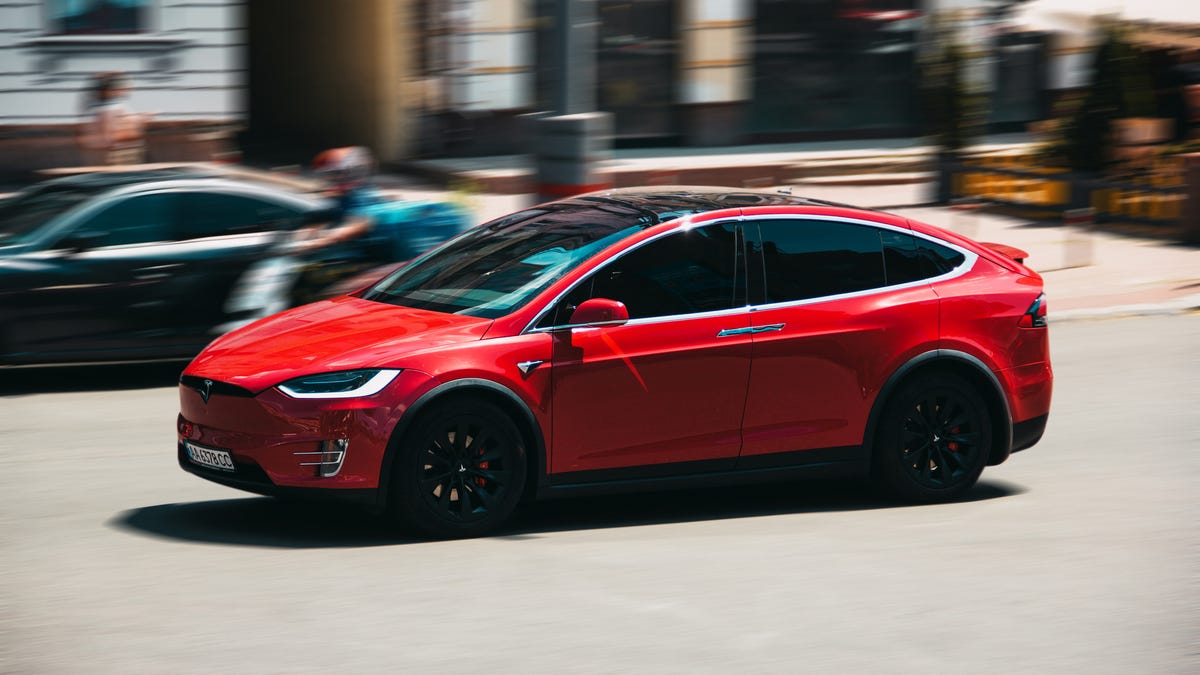
Teslas are the most-driven electric cars on the road today, according to a new report, with the Tesla Model X topping the list with an average of 10,378 miles driven per year.
The midsize family Tesla SUV is followed by the Model Y (an average of 10,199 miles driven per year), Model 3 (9,960 miles) and Model S (9,340 miles), according to data from the car shopping site iSeeCars.com.
But even the Model X averaged 18.65% fewer miles driven per year than the typical internal combustion engine auto.
Researchers analyzed more than 860,000 model-year 2020 used cars during the period between January and May 2023. The average electric car was driven 9,059 miles per year, according to their findings, which was almost 30% less than the 12,758 miles the typical gas-powered car averaged.
Removing Teslas from the equation, EV drivers averaged just 6,719 miles a year.
Read on: Every EV Available This Year, Ranked by Range
“Several factors contribute to EVs being driven less, including their common role as a second or third vehicle in a household, and being used less often for road trips,” iSeeCars analyst Karl Brauer said in a statement. “But the most powerful factor may be an EV’s battery range and the associated range anxiety.”
Currently, there are roughly 51,000 public charging stations across the country, according to the US Department of Energy’s Alternative Fuels Data Center. But these fueling spots aren’t evenly dispersed: Around 14,000 are in California, for example, which is four times more than in New York, the next highest-ranked state.
President Joe Biden’s trillion-dollar infrastructure bill allocates $7.5 billion toward building 500,000 more public EV chargers by 2030. But until there’s a reliable network of stations that are easily accessible, EV owners will be hesitant to use them, Brauer said.
Range anxiety isn’t just worrying about being stranded, he added. It’s also stressing over the often tedious process of refueling EVs, which can take hours.
“In a gasoline car, regardless of how far you’re going, there are always plenty of refueling options and the process takes five to 10 minutes,” he said. “Until EVs can offer that level of convenience at a comparable cost, they will be at a distinct disadvantage in terms of use and market demand.”
